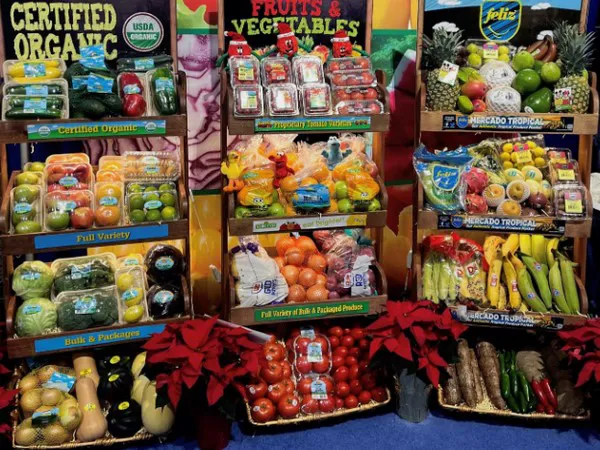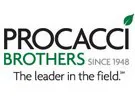Following a recent report that detailed 2022 sales of fresh organic produce grew by 3 percent, while volume declined by –3.7 percent, where does that leave the outlook for 2023 on organic produce? As one organic shipper notes, many factors affect consumer behavior to purchase organic produce.
As Rick Feighery, vice president of Procacci Brothers Sales Corp notes, the cost of all food is up which likely affected the 2022 reporting. In addition, a closer look at the organic category within the retail segment of produce, pricing and quality remains the most important factor. “As interest rates go up and customers have less to spend, they will look for cheaper alternatives for food in general,” says Feighery. "We want to keep customers in the fresh department. It’s that switch to frozen or canned produce over fresh that seems to be more concerning than consumers switching to conventional over organic--the two categories used to see a much larger price divide. “The competitiveness is there for scale now with organic. Price points have come closer together.”
Who is the organic consumer?
What also may be called for is a rethink of who the organic consumer actually is. That is not an easy answer. “It is not only the dual-income health-conscious millennial that’s often talked about. Look for example at the number of baby boomers with disposable income out there searching for healthy snacks. There are just as many of them, so they need to be considered," says Feighery. "In my opinion, every customer has the potential to be an organic shopper. We have stores in lower-income areas that sell very well in organics. Just because you’re in a more affluent area, doesn't necessarily mean your organics are going to sell.”

That means the organic consumer can be anybody and growers, shippers and retailers should cast a wider net instead of the consumers they have targeted in the past. Many larger retailers only offer, or primarily offer specific SKUs in organic to attract “crossover” customers. Feighery says these customers will buy organic as long as the price point is at an acceptable differential from conventional. “If it is, they’ll buy it but everyone has their own vision of what that acceptable delta is,” he adds.
The focus on data
Thus, store analytics are front and center when it comes to moving organic produce. “Some stores have gotten savvy enough and have adapted to target what their price point has to be to attract the customer coming in or shopping online,” he says. While that is a black-and-white process for the online shopper, for in-person visits, retailers have an advantage. “When shoppers go in, they may have a list, but a lot of it is still the spur of the moment,” says Feighery. In other words, good-looking, quality produce at an accessible price range widens that organic consumer audience.
So what else lies ahead in the organics industry? “We need to get more money back to the farms as growing costs have risen considerably. Overall, the returns have been unfavorable to many growers in recent years, causing a decline in domestic farming. I think we are going to see that change in the coming years as demand continues, but supply declines--I see that as a shift,” Feighery says.
 For more information:
For more information:
Rick Feighery
Procacci Brothers Sales Corp.
Tel: +1 (215) 463-8000
https://procaccibrothers.com/










